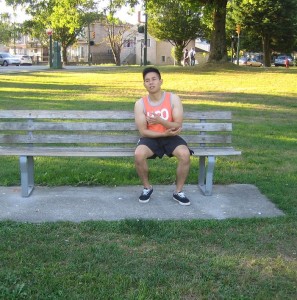Ulnar nerve palsy is defined as weakness in the hand once the ulnar nerve is damaged. The condition can affect fine movements and ability to perform various tasks. In severe cases, the condition can lead to muscle wasting or atrophy where the hand assumes a claw-like appearance.
What are the indications?
Ulnar nerve palsy is a progressive condition. The usual signs that are linked with the condition include:
- Pain
- Loss of sensation in the hand, especially the little and ring finger
- Burning or tingling sensation in the hand
- Loss of coordination in the fingers
Loss of sensation in the hand, especially the little and ring finger. - Diminished grip strength
- Hand weakness that worsens with physical activity
What are the causes?
The root cause of ulnar nerve palsy is not always known. Nevertheless, damage to the nerve can occur from:
- Ailments that damages the nerve
- Nerve injury
- Excess pressure on the nerve
- Pressure on the nerve due to swelling
- Elbow dislocation or fracture
Management of ulnar nerve palsy
It is important to note that the nerve tissues heal in a slower manner than other types of tissues. Nevertheless, some of the symptoms might settle without treatment.
Some of the possible treatment options for ulnar nerve palsy include:
- Over-the-counter pain medications
- Medications to lessen the nerve spasms
- Corticosteroids to reduce the inflammation
- A splint to support the hand and lessen the painful symptoms
- Physical therapy to improve muscular strength and function
- Occupational therapy to lower the risk for further injury
The doctor might also suggest surgery if the nerve damage is significant, intensely painful or there are no signs of improvement.

